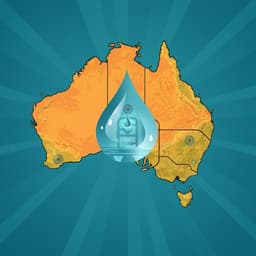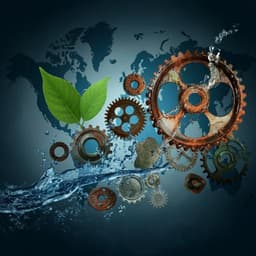
Medicine and Health
Water and health interlinkages of the sustainable development goals in remote Indigenous Australia
N. L. Hall, S. Creamer, et al.
Discover the urgent interconnections between clean water, sanitation, and health in Australia's remote Indigenous communities. This impactful research by Nina Lansbury Hall, Sandra Creamer, Wendy Anders, Anthony Slatyer, and Peter S. Hill sheds light on the challenges these communities face and aims to inform sustainable policy solutions aligned with the UN's Sustainable Development Goals.
~3 min • Beginner • English
Related Publications
Explore these studies to deepen your understanding of the subject.







